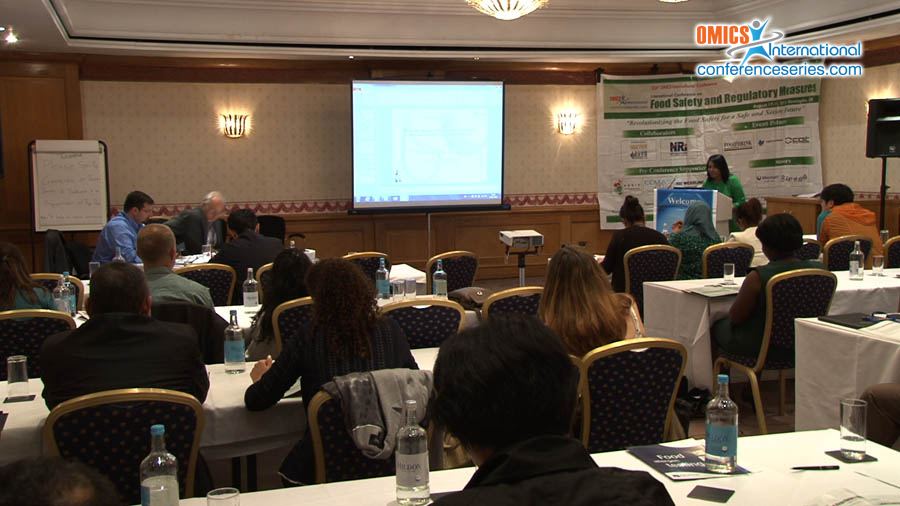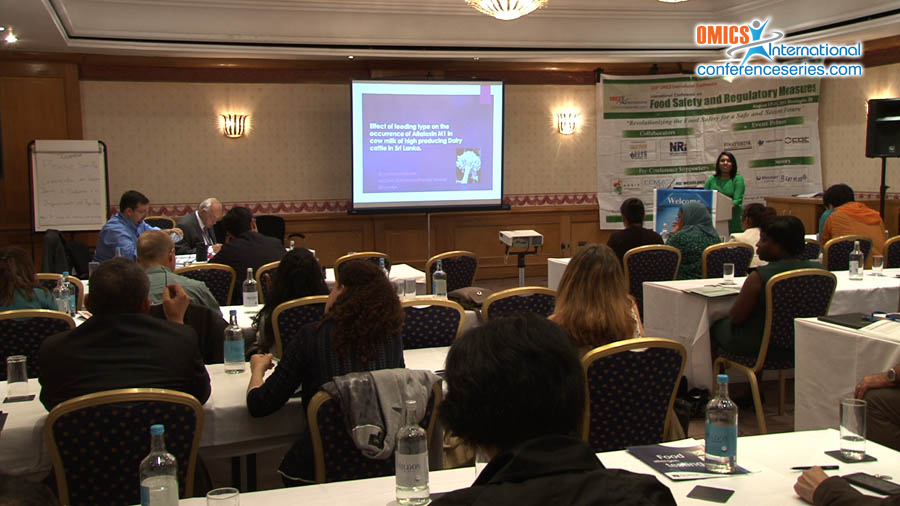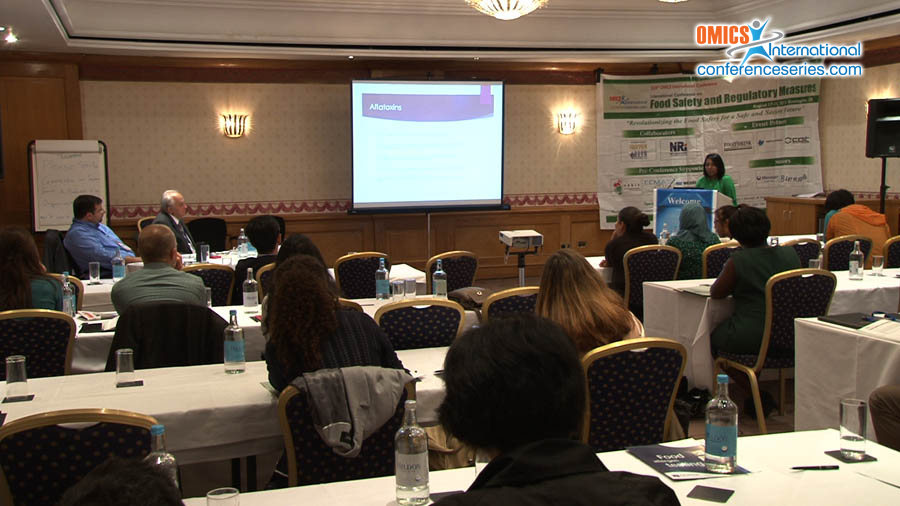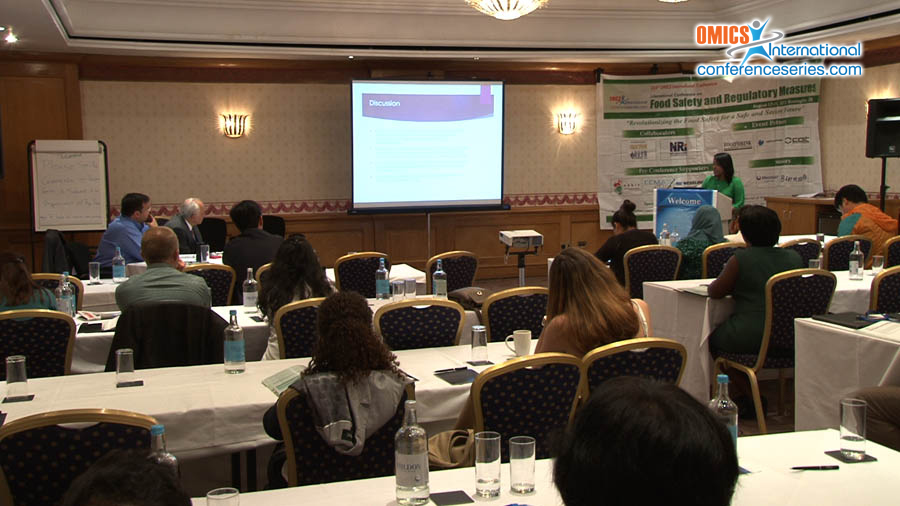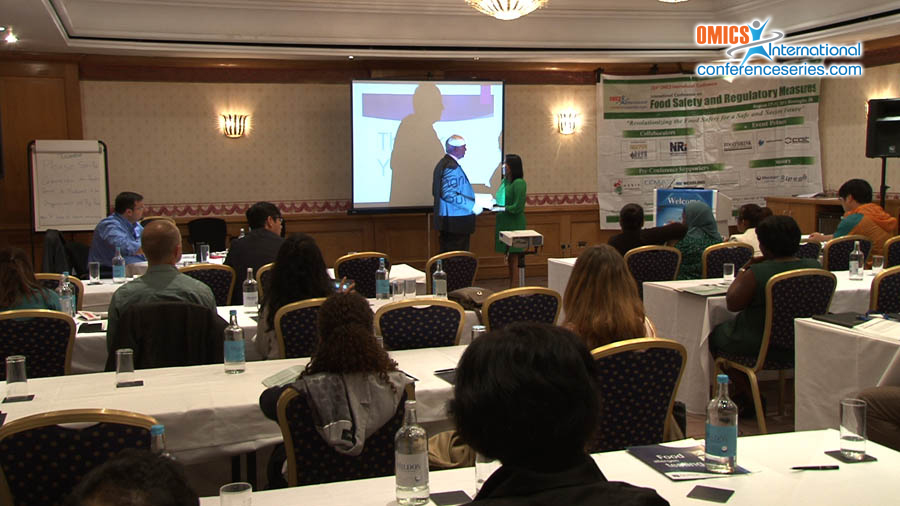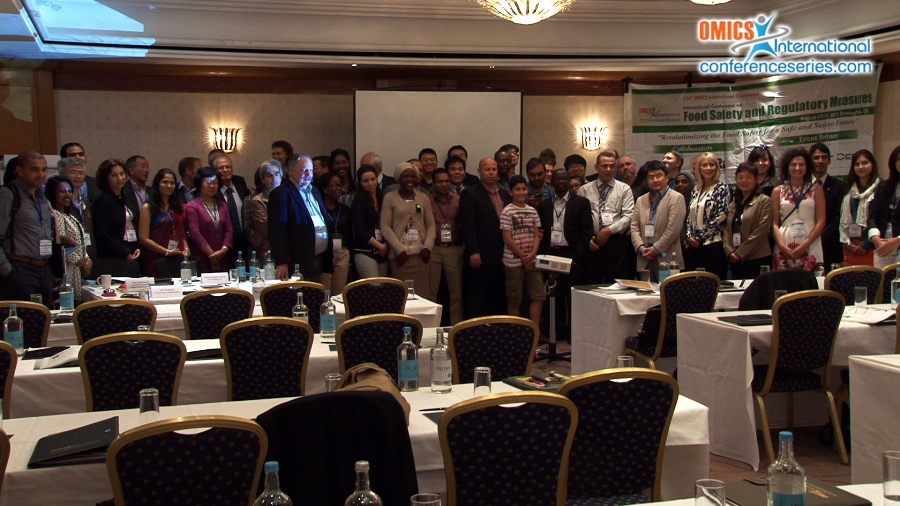
G S Sumanasekara
Trainee in Asian Collaboration for Excellence in Non-communicable Disease (ASCEND) Research Network
Sri Lanka
Title: Relationship between feeding type and the occurrence of aflatoxin M1 in milk of high yielding dairy cows
Biography
Biography: G S Sumanasekara
Abstract
The major problem associated with concentrate feeds used for feeding cattle is declining quality by contamination with Aflatoxins. The objectives of the study were to detect presence of Aflatoxin M1 (AFM1) levels in milk, AFM1 levels related different feeds and to identify the relationship between feed type and Aflatoxin M1 in milk. Ten dairy farms located in Nuwara-Eliya district were randomly selected. AFM1 analysis was done using High Performance Liquid Chromatography (HPLC). The results indicated that AFM1 was present in 50% of samples. Coconut poonac showed the most significant relationship among individual feeds having a correlation of 0.65 and P value of 0.042. Among feed combinations, coconut poonac and beer pulp combination showed the highest correlation of 0.77 and P value of 0.05. Grasses had shown a very poor relationship with the AFM1 occurrence in milk (r=0.053, P=0.885). Relationship between overall concentrate feeds in the study and AFM1 in milk, it was clear that they had a significant relationship having correlation of 0.65 and P value of 0.042. Majority of samples lied between 0-10 ng L-1 of AFM1 and one sample exceeded above 30 ng L-1. Two samples had AFM1 concentrations between 22-32 ng L-1. One sample lied between 32-42 ng L-1 did not exceed the EU recommended level of 50 ng L-1. The presence of AFM1 in milk under various management and feeding conditions is yet to be investigated in Sri Lanka.
Speaker Presentations
Speaker PDFs
Speaker PPTs Click Here

